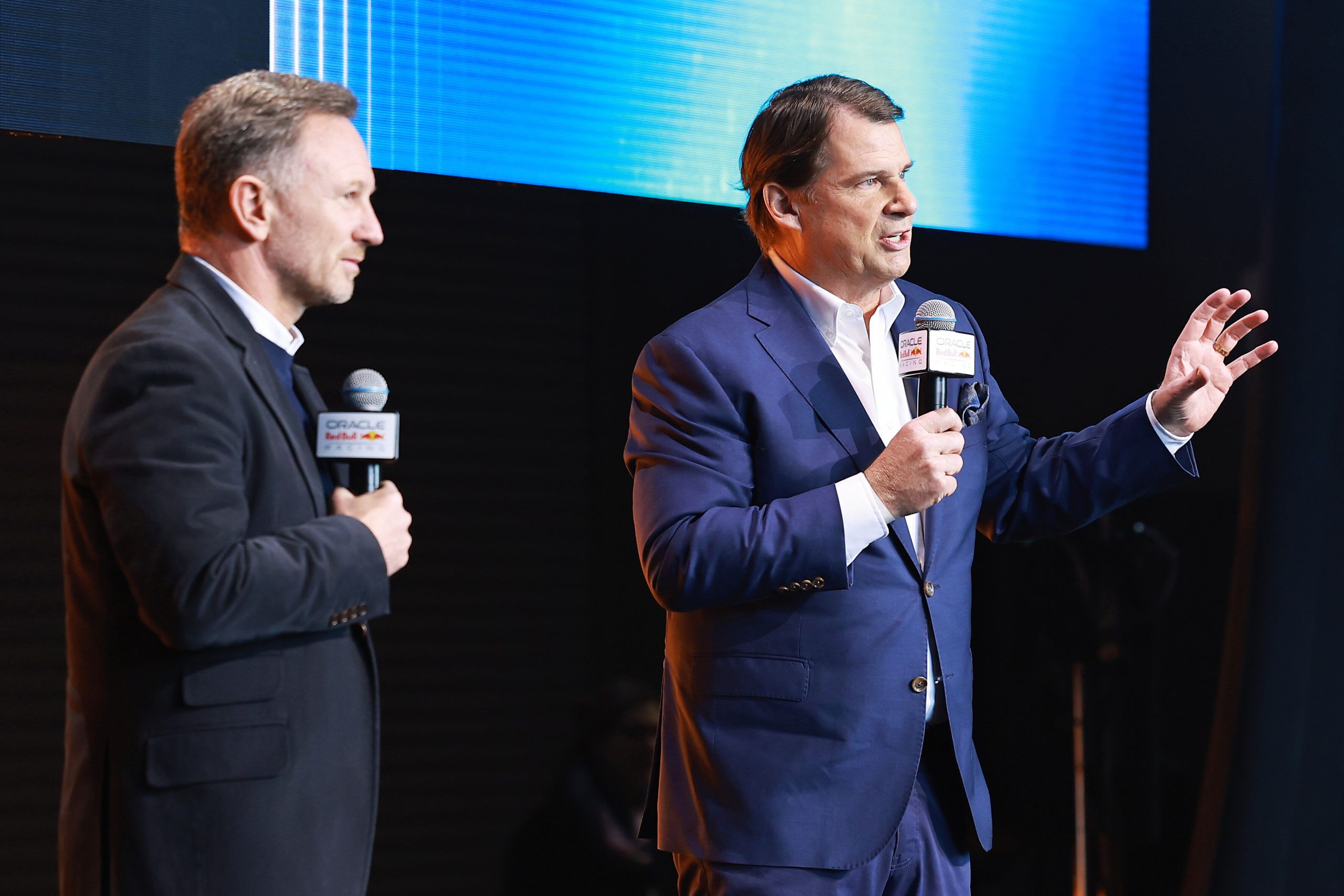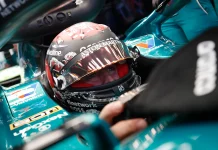Ford lays down the thought process behind their comeback in F1 and how they came about the decision to return to the grid in the form they will.
The big news from Red Bull’s New York season launch event was that they will be joining forces with the American giant Ford to develop a new-for-2026 F1 power unit. This means the senior team and AlphaTauri will race with Red Bull Ford Powertrain for at least five seasons up until 2030.
Ford hasn’t been on the F1 side for more than a decade and is now returning when the sport has grown immensely specially in the American market. The hybrid formula and sustainable approach has also helped in their decision making.
“Ford’s interest started two-plus years ago, when we started to see and understand what the future of the sport was with the technology changes, the commitment to sustainable fuels, the net carbon zero and the change to the technical regulations to make electrification an even bigger component of the hybrid power unit,” said Mark Rushbrook from Ford.
“That became of interest to us, because we knew we could contribute something technically, but also continue to learn in those areas. In parallel to that, we saw what was happening to the sport itself, with the popularity, the growing global fan-base, and diversity of that fanbase, which would then give us a platform to tell our story”.
“As we saw that really coming together and continuing to grow, we started to think, ‘Okay, this is looking like maybe it’s the right time to get back into F1′,” summed up Rushbrook. Having previously run their own team (Jaguar Racing) – as well as been engine supplier to other outfits including Benetton and McLaren as well as a halcyon period in the 1970s and 1980’s with other teams, the motorsport chief of Ford went on to advise they took their time evaluating a return to F1.
“You’ve got to come back in the right way,” he said. “As soon as people knew Ford had some interest, a lot of people came forward, whether it was an existing team or prospective teams to see if there was an opportunity for us to partner with them. We approached some teams, but initially none of them seemed right”.
“Coming back in as a full factory… owning a team, as we’ve done in the past, also didn’t feel right. We wanted to come in very strategically, to contribute where it made sense, and also learn where it made sense. With Red Bull, it was quickly apparent that what they were looking for in a partner is something we could bring, and what we were looking for in a partner is something they could bring”.
“While that started, I’ll say the latter half of 2022, it went very quickly, in the sense that we knew it was the right partnership from the very beginning. We had more discussions to get into more detail, and here we are today, able to announce it. To us, it’s very important to come into the sport at the right time, and in the right way with the right partner, and we believe we’re doing that on both counts,” he summed up.
Ford’s history in F1 as a whole is infamous for the myriad of success they enjoyed. For them, it is also a case scenario of everything having to be right on all fronts. Also, from a marketing perspective, it could be huge for them, especially considering the sport’s growth in the US, where this year there will be three Grands Prix, Las Vegas joining the existing races at Austin and Miami.
Red Bull team principal Christian Horner gives his take on the return to Formula One of Ford.
“This is a purely commercial and technical deal, so there is no exchange of any shares or participation within the business. It’s a very straightforward agreement where we will have the ability to share and have access to R&D, particularly on the EV side and self-technology, software development and so on. And then on the commercial side with Ford being so prevalent in the US, as a commercial partner it enables us to help achieve even more penetration in that market.”
“The US growth certainly helps,” Rushbrook conceded. “As we’ve said, it was that combination of the technology, and the opportunity for two-way transfer. It was the opportunity for marketing, and connection with diverse fans globally, but yes, the specific growth in the US certainly contributed to that – but it wasn’t the only reason [for Ford’s return]”.
“And it is great to see more races in the United States, and three very different races in three different parts of the country. I was at COTA last year and it was fantastic. I hadn’t been there for races before. It was a fantastic atmosphere and feel, and the number of fans there, and the passion of those fans – it is important for us to be part of it,” he summed up.
Here’s Red Bull 2023 livery and Ford’s confirmation
Here’s news on Ford joining F1



















